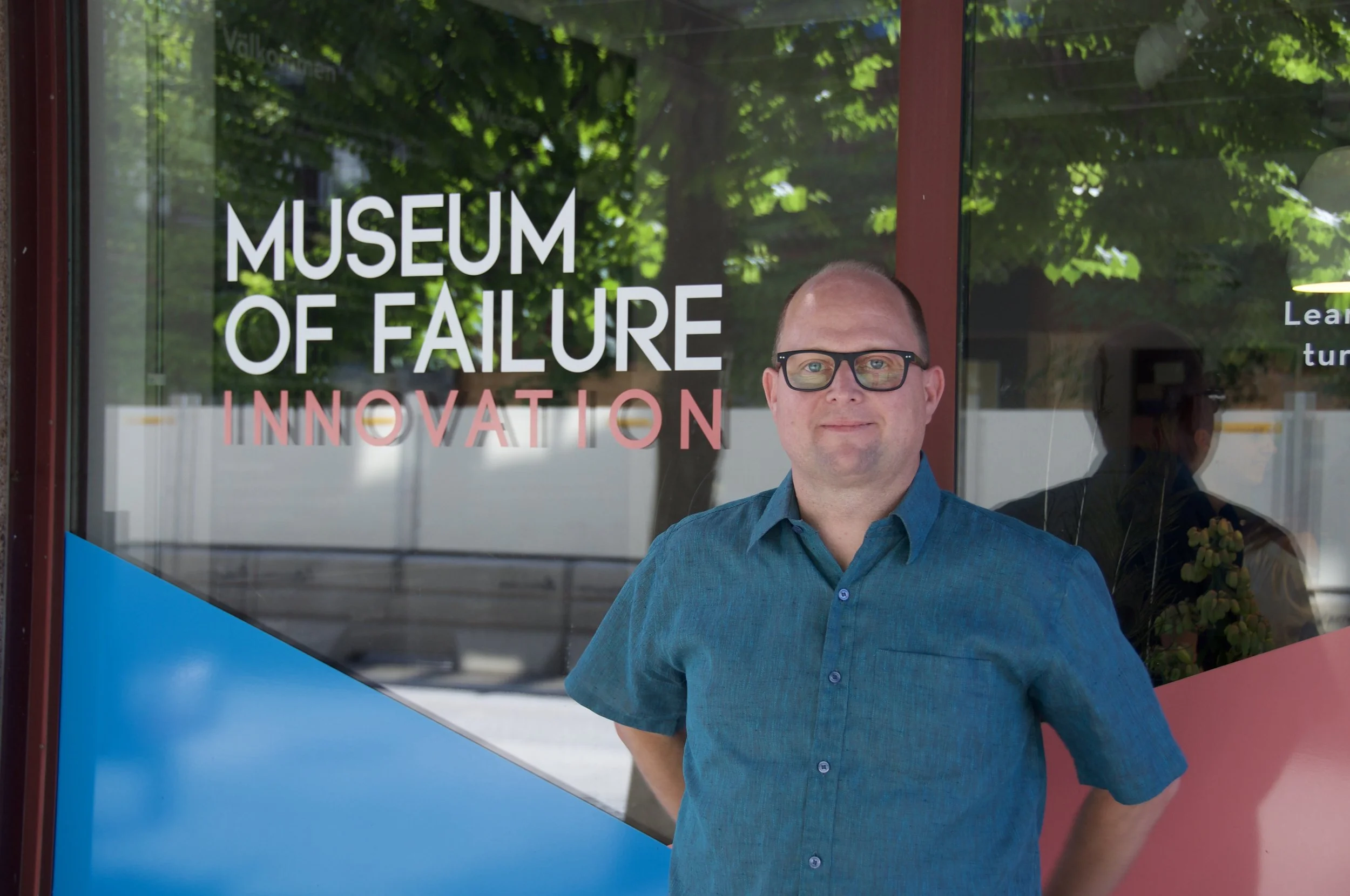Deep Thinking: Where Machine Intelligence Ends and Human Creativity Begins
The chess champion recounts the 1997 battle with a supercomputer and anticipates the future of man and machine collaboration
I was 15 years old when Gary Kasparov played IBM’s Deep Blue in 1997. Just to add some context to how outlandish the idea of man versus machine sounded at that time - we didn’t have a personal computer at home and my exposure to computers was limited to the neat row of five computers in the newly established Computer Lab in my school. The only game we could play on those computers for 30 minutes every week was ‘Bricks’, which essentially involved moving arrow keys to deflect a moving ball into tiles. I didn’t know if these computers could do any better than execute programs on BASIC and run these elementary games. So when this big match between Kasparov and the supercomputer Deep Blue started making news, even on Doordarshan, I was intrigued. How would a machine survive the onslaught from the chess Grandmaster Kasparov, I remember wondering?
Kasparov had established his dominance in the chess world by then. His nemesis, Anatoly Karpov, was humbled five times over, and the Indian challenger, Vishwanath Anand, was defeated in 1995 world championship (interesting titbit: the first of its 20 games was played on the 107th floor of the World Trade Center in New York City on 9/11). After Bobby Fischer, Kasparov was reckoned the bad boy of chess. Unlike the quiet demeanour of Karpov and Anand, Kasparov’s demeanour was feisty, almost arrogant. That didn’t make him a popular star. Yet, in the fight between man and machine, the audience supported the human contender. I was learning to play chess in school; it was an art, we were told. A machine attempting to replicate the intuitive idiosyncrasies of a chess player would fail terribly. Or, so we thought.
And then, the machine won. The 1997 match was the first defeat of a reigning world chess champion to a computer under tournament conditions. What I remember from the video of that time was Kasparov holding his head in his hands, staring shell-shocked at defeat. Angry allegations flew between Team IBM and Team Kasparov and the whole event came to a bitter end. Kasparov never discussed his loss in public. Until now.
Deep Thinking (published by John Murray) is Kasparov’s book on the fateful event twenty years after it happened. Some would say time is a great healer. Perhaps it’s true in Kasparov’s case as well, for he seems to have made peace with the loss and has now become a proponent of man and machine working together to achieve significant productivity gains. A large part of the book deals with the promise of Artificial Intelligence (AI), how it foundered, and hopes from the future to come. So those expecting to read this book only as a suspenseful account of Kasparov’s battles with the computer may find themselves drowned in information about the rise of the AI, and what made chess a perfect candidate to demonstrate the increasing might of the computing powers in the 90s. Consider this, the account of the real battle starts only from page 165 and lasts a mere 40 pages.
If one is able to look beyond seeking the thrills, the book makes an absorbing read about machine intelligence. Kasparov’s interest in history and politics gives him an all-round perspective to comment on the role of machine intelligence. We see him pondering the same fundamental question twenty years back that confronts us today: will automation replace jobs? Kasparov was lucky to have not lost his job to computers; he continued to play chess and chess played by humans continued to be a popular sport. Still, the tectonic maturing of machine intelligence would certainly take jobs away, and the best humans could do is to embrace this future. “Romanticising the loss of jobs to technology is little better than complaining that antibiotics put too many gravediggers out of work,” he writes. Chinese assembly line workers and Indian call center operatives would be next in line to lose jobs to automation and chatbots, Kasparov conceives.
Kasparov builds up to the battle with Deep Blue by elaborating the history of computer chess. The match with Deep Blue wasn’t Kasparov’s first. Not many are aware that ‘97 battle was a rematch of the ‘96 six-game match that Kasparov had won comfortably 4-2. Before that, Kasparov had countless other battles with parallel computing systems, such as Fritz, a German Chess program that defeated an older version of Deep Blue before the ’97 Kasparov clash. In each new battle, Kasparov would see the computer improving, mostly as a result of exponential growth in processing power defined by Moore’s law. While these increments gave insurmountable calculation advantage to the machine (Deep Blue could process 200 million moves per second), these gains were limited to tactical play and man could still think strategically and leverage inherent pattern recognition to outthink the machine. Earlier attempts to train the machine on human-like thinking failed (gains in artificial neural networks are relatively new phenomena, post 2009), and the machines were trained on employing brute force to calculate and tediously drag the game. Only the most tenacious human players could outwit the machine, for there was no scope for making a cavalier error that would have at times gone unnoticed in a man-to-man play.
The other side of the story is IBM’s that we don’t get to hear about for obvious reasons. The Deep Blue-Kasparov clash was organised by IBM, which went into the game with a lot at stake. Financially it had not been doing well, and desperately sought an opportunity to demonstrate itself as an innovative company working with cutting edge technologies. IBM acquired Deep Thought from Carnegie Mellon University and rechristened it Deep Blue. The ’97 game was a make-or-break game for the big company which had poured in millions of dollars despite its fragile financial condition. Kasparov argues that the man-machine battle was less between a man and machine, but more between a man and a super-giant corporation with all resources at disposal.
Kasparov considers himself as the most prepared chess player in history. So when IBM team does not allow him to see previous games by Deep Blue, Kasparov feels victimised. Moreover, IBM employs a battery of Grandmasters to tune the supercomputer. The bonhomie from previous encounters is all gone (Kasparov was also seeking IBM as a sponsor for his breakaway league), and the ’97 playoff becomes a knives-out, cut-throat combat.
Kasparov won the first match easily, but then snatched a defeat in the second when he could have forced a draw. On an emotional roller-coaster, Kasparov accused the IBM team of cheating. The next games are drawn before the final pivotal one in which the remorseless machine crushed Kasparov. Of close to 2500 games Kasparov played in his lifetime, he lost just 170, but the most hurtful was this loss in the last game to Deep Blue. Kasparov demands a rematch, but IBM has got what it wanted. Deep Blue is dismantled, and Kasparov is left behind with a bitter taste in his mouth. This part of the book reads like a fast psychological thriller and for once, the old memories of watching Kasparov with his head in his hands on the television screen come rushing by.
Recently, the man-machine battle was in the news again when Google owned DeepMind’s AI program AlfaGo defeated the top GO player. GO is a more complex game than chess involving several million more permutations and combinations, and the approach taken by DeepMind was based on self-learning artificial neural networks that resemble human thinking more than Deep Blue’s approach. AI is making progress again after a slow decade following Kasparov’s loss. And this time it’s more powerful, more human-like in its approach. Kasparov sees an opportunity in this technology evolution, and concludes that man-machine analysis could help overcome lazy cognitive habits of humans.
The book built on the premise of a crushing defeat is not a rant against the impersonal machines. Rather, Kasparov wholeheartedly embraces the promise of AI and relentlessly proposes that man-machine collaboration is the only way forward. This book deserves to be read, and not only by chess aficionados, for it squarely takes on the future opportunities that AI would create, while also wiping away millions of jobs. The book is an honest, though at times brutal, commentary on the next Industrial Revolution in the making from someone who experienced its taste first-hand.
A version of this review appeared in The Hindu
---






